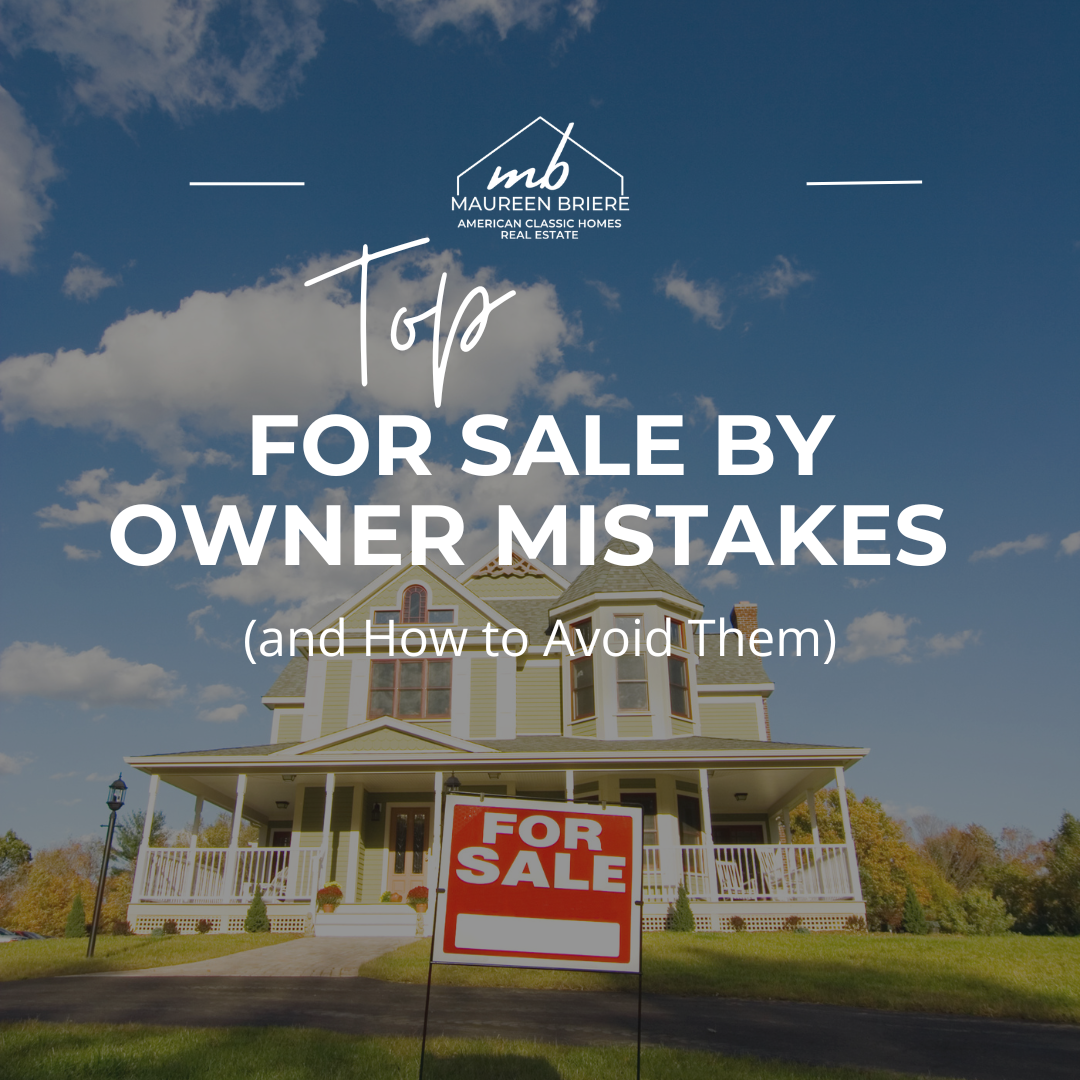

Real estate, like any other market, has its ups and downs. One of the most notable lows was the housing market crash of 2008. However, over a decade later, the market has evolved significantly. Here are some of the major differences between the market conditions then and now:
2008: The crash stemmed from a severe financial crisis, characterized by subprime mortgage lending, mortgage-backed securities, and widespread bank failures.
Today: The current real estate market operates in an environment of stricter lending regulations. In contrast to 2008, we are navigating a post-pandemic economic recovery, which is impacting every aspect of our daily lives.
2008: Risky mortgage practices, such as adjustable-rate and interest-only mortgages, led to foreclosures and defaults. Homeowners with adjustable-rate mortgages were unable to make higher payments as interest rates rose, resulting in a wave of foreclosures and defaults.
Today: Lending practices have been strictly examined and rewritten to focus on more stable procedures, affordability, and responsible lending.
2008: Overbuilding and speculation caused a surplus of homes on the market across the country.
Today: Housing inventory is relatively low in many areas, leading to increased demand and rising prices. This has caused some prospective homeowners to reconsider their finances or take a pause in bidding for homes.
2008: Interest rates profoundly influence market dynamics, as they are a significant determinant of housing affordability and the overall market’s health.
Today: Interest rates are still lower than in previous generations, despite rising rates. This has had significant implications for the real estate market, such as increased affordability.
2008: The government implemented bailouts and stimulus packages to stabilize the housing market.
Today: In response to the pandemic, the government has taken several measures that have impacted both the economy and real estate. They are currently focused on preventing inflation and supporting the economy.
2008: The market saw many foreclosures on secondary residences and rental properties, largely due to speculators or investors.
Today: The pandemic has led to a growing demand for larger homes. The need for more space to work remotely, spread out, and spend quality time with family has been the primary factor behind the increase in home prices. Today’s buyers are more likely to be homeowners than passive investors.
2008: The crash resulted in a prolonged recession and a slow recovery for the housing market and many homeowners.
Today: Despite economic challenges, the market has shown resilience, with prices continuing to rise in many areas.
The differences between the real estate market today and during the 2008 crash illustrate the importance of evolving market dynamics and lessons learned from the past. While today’s market presents its own challenges and opportunities, it’s crucial for buyers and sellers to consult industry professionals and stay informed and adaptable to thrive in the ever-changing real estate landscape. If you have any questions about the current market or whether now is the right time to buy or sell, we are always here to help guide you.

Hey there! I’m Maureen, a lifestyle blogger and Real Estate Broker at American Classic Homes Real Estate in the Pacific Northwest. Here to help you find your perfect home and share tips on living your best life in the PNW. Let’s come home together to the Pacific Northwest!





